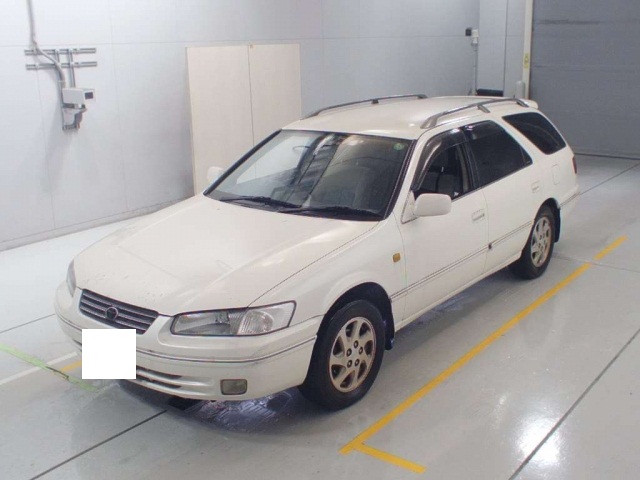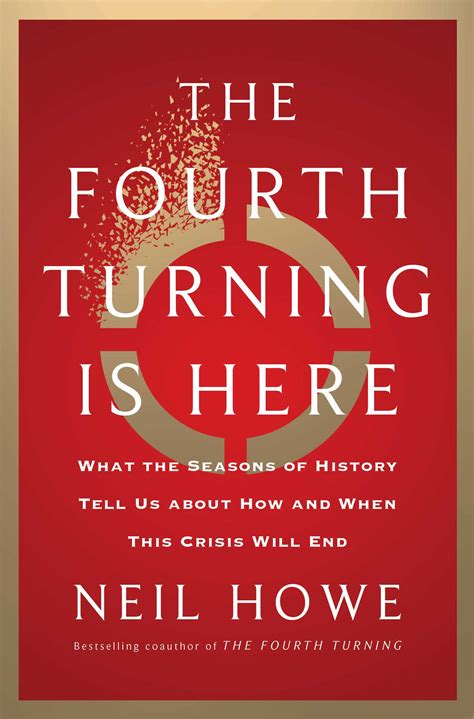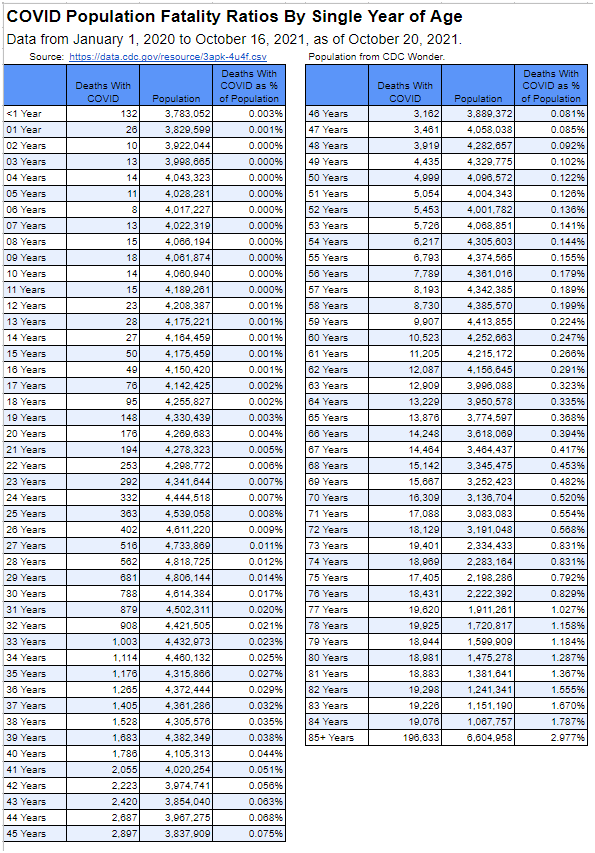I have someone you need to meet. I mean REALLY need to meet. I met(saw) him at a lecture a few decades ago when I was attending a medical conference in the Bay Area He is Bob Lustig MD, a professor and pediatric endocrinologist who is starting to be noticed because of his health warnings of excessive sugar and processed food consumption. His lecture to medical students was my first exposure to the evils of sugar consumption. That is, the evils of fructose consumption. Fructose is the evil twin of sucrose, table sugar. Thus table sugar is about ½ glucose, AKA dextrose, and ½ fructose. I will sketch out the damage that sugar, fast food and the gigantic processed food industry has wrought upon the US and world population in the past 50 years. Bob and his research group wrote an article in the NY Times in 2011 asking if sugar was toxic? This was news to the world and created a furor in Big food and big Ag and sugar industries who counter attacked fiercely.
Bo went on to write a book called “Fat Chance” in 2013 and a companion volume “The Fat Chance Cookbook.” I may review and refer to them as well but this review is for his latest (2021) book entitled “Metabolical.”
If you want to see the body shapes of America before our current epidemic of hypertension, obesity and diabetes just turn on Turner classic movies of films from the 30’s and 40’s such as “It’s a wonderful Life”. What do you see? NO FAT PEOPLE. Ok maybe a few chubs and compare that to the folks you might see at the Atlanta airport, a hub of America. It’s stunning. What happened to the US in the past 5 or 6 decades?
What happened is the “Metabolic Syndrome.” I need to tell you that this is a really terrible term which needs a better catchy name but we will have to wait until someone comes up with a better moniker.
What you need to know is that the Metabolic Syndrome is a collection or constellation of “diseases” that are linked by a common thread of damage and dysfunction at the cellular level and most notably at the mitochondria, that organelle inside every cell that usually is referred to as the “powerhouse” of the cell. Those of you not well versed in physiology and biochemistry may even now be struggling and thinking this book may not be for you but you are wrong, with the emphasis on DEAD wrong.
Metabolic Syndrome refers to what happens to the body when fed the wrong food rather than “Real Food”. Real food is what Michael Pollan referred to when he said it was food that his grandmother would put on the table in the years before processed food dominated food offerings. You can tell real food because it does not come with an “ingredient list” or a food label. It is what grows in the ground and on trees and bushes, what lays eggs and grazes on grass and swims and thrives in open unfettered water. It includes grains and legumes and forbs consumed by people and animals. Anything else is not real food. Even wheat is not real food if it only includes white flour from the endosperm of the wheat berry. Whole wheat is only real food when it includes the bran and the wheat germ as well as the endosperm which is mostly carbohydrate, some protein and a few micronutrients. This goes for all the grains. If you grind up the wheat and throw away the bran and the wheat germ, you are left with “processed” food.
Bob Lustig states repeatedly that consumption of processed food and sugar is the cause of the Metabolic syndrome which may affect as much as 88% of the American population. The primary defect in metabolic syndrome is at the cellular level and most specifically at eight processes within the cell which go awry leading to improper and inappropriate routing of fat to the liver and to visceral fat which lines your abdomen along with subcutaneous fat,” butt fat”. It is associated with insulin hypersecretion and insulin resistance. The most obvious manifestation is obesity. Obesity may be a “symptom” of the metabolic syndrome, a biomarker, if you will. Obesity associated with the metabolic syndrome is not THE problem. Obesity of course can be a serious problem associated with things like respiratory and orthopedic issues. Interestingly perhaps 20% of obese people do not have metabolic syndrome and will live long and as much as 40% of thinner folks may have metabolic syndrome. Metabolic syndrome includes hypertension and cardiovascular disease, type 2 diabetes and probably dementia as well as some autoimmune diseases such as ankylosing spondylitis.
Accordingly it all comes down to diet primarily and lack of exercise as the etiology of the metabolic syndrome.
The real value of the book is how and why we came to this terrible situation in which most of the developed and developing world is unhealthy because of bad food.
Lustig lays out a long list of missteps and wrongheaded policies at the governmental and corporate level starting with dust bowl policies and terrible totally wrong recommendations such as the low fat policies put into place by nutritionists misled by shoddy research from people like Ancel Keys in the 70’s. Once industry started trying to market low fat foods the population rebelled because the food tasted like cardboard. Industry’s solution was to add sugar and salt and a variety of preservatives and other chemicals to overcome eating cardboard. Society was also changing. Women were entering the workforce and people felt that buying boxes and cans of processed and nearly prepared food was so much easier than making their own meals from scratch. And along came McDonalds and other fast food chains that did all the work and got you in and out with a supersized double mac, giant order of fries and a 32 oz coke for less than $6. Over 1200 calories for less than $6.
Lustig lays out the list of villains and it is a long one indeed. They include doctors and dentists and nutritionists and Big Pharma, big AG and feckless politicians whom he names by name. The biggest nutritional villain is sugar. Lustig presents data on sugar consumption which was about 15 gm(3 tsp) a day after WW`1 and about 40 lbs per person/year in the “70s to 130 lbs(!!!) by 2010. An important driver of this sugar consumption was soda , sports and energy drinks and fruit juices. A 32 oz soda from McDonalds has 95 gm of sugar, 19 teaspoons! Another telling statistic was that of the 600,000 foods in grocery stores over 80% have added sugar!
And it was not only sugar but lack of fiber that was damaging our bodies. Removing fiber from foods damages the gut. The trillions of “Good” bacteria in the large intestine need to be fed properly to develop a healthy biome and it is fiber, both soluble and insoluble fiber that feeds these beneficial critters. If you don’t feed the “good” bacteria their proper diet of fiber you get an influx of “bad” bacteria which leads to all manner of problems like “leaky gut” syndrome. The other important toxin is fructose in sucrose and honey and maple syrup , agave and most especially high fructose corn syrup, a chemically derived ultra cheap sweetener. The problem with fructose toxicity is almost identical as the problem of alcohol toxicity because fructose can only be metabolized in the liver and therein lies the problem. The metabolites are aldehydes…think formaldehyde. Excess of alcohol and fructose end up in the liver and visceral fat with terrible consequences among which is inflammation. Fatty liver disease and alcoholic liver disease may progress to inflammatory cirrhosis.
At this point I need to tell the reader that Bob’s earlier book “Fat Chance” is an easier read for the lay person . Metabolical has about 30 pages in Part 2 that I found extremely useful and valuable to a detailed understanding of metabolic syndrome. But a disclaimer here: I am a doctor who studied biochemistry and physiology and I majored in chemistry. If you didn’t, you may find this dense and incomprehensible. In fact Bob even suggest skipping over it to his excellent recommendations of how to self diagnose and discuss this intelligently with your physician . I think that is fine but I do suggest the reader trying to understand the disease at the cellular level and if necessary come back to review or seek other sources in books or on youtube.
One of the more interesting sections of the book dealt with the addictive properties of sugar and other additives to fast and processed food such as caffeine and Lustig makes an analogy with the crimes of the Tobacco industry doctoring nicotine content to increase addictive properties. He also goes to great length to describe why all these chemicals and additions and subtractions to food are done which has mostly to do with stability and shelf life. Recall the stories of 30 year old Twinkies!
He also discusses at some length what diets exist and why some are better than others at ameliorating metabolic syndrome. It’s not all good news. Some of the depressing revelations have to do with the concept of epigenetics in which the dietary missteps of a pregnant mother influence the health and long term outcome of her fetus. Allowing children unfettered access to sweets and horrible foods like sweetened morning cereals can doom a child not only to cavities but to long term sugar dependence. Once a person has loaded up his liver and visceral fat and arteries, removing it can prove very difficult to reverse.
I will let the reader draw his or her own conclusions upon understanding the value of real food and avoiding consumption of “unreal” food. Over the past decade we have made changes to our diet and now eat almost entirely real food such as grinding our own grains, raising our own livestock and poultry that graze on grass, eating wild game and having large gardens. This can be difficult for urban apartment dwellers but most of us have access to farmers markets where you can look the farmer in the eye. Get used to it. Real food costs more. Processed food and fast food which I call “fast garbage” is cheap and subsidized and convenient if you are by nature lazy.
Real food is the key to combating the metabolic syndrome. And don’t forget exercise. Exercise is a lousy way to lose weight and if that is the only reason you do it, you will be sorely disappointed. Regular exercise generates increased production of mitochondria, lowers serum cortisol, aids your sleep, diminishes stress and if you’re lucky gives you doses of endorphins, your runner’s high.
There is one thing which Robert Lustig gave in his detailed recommendations in both books which I found particularly useful. He divides food into 3 colors: red foods, yellow foods and green foods. Red foods might be that big slab of chocolates cake slathered with ice cream which you can have occasionally, even once a week. Yellow foods are foods such as potatoes or white flour pasta, high carbohydrates maybe 2 or 3 times a week and green foods are almost all fruits and vegetables eggs and whole grains to consume anytime and often. Lustig does not specifically mention foods I would call “black foods” which should never be consumed but it is tacitly there all through his book if you read between the lines. Never NEVER drink sodas or sweetened drinks or any fruit juices. Oranges and apples, yes. Orange and apple juice juice, never. The fiber in the fruit is the antidote to the fructose. And renounce all fast food outlets. Avoid them like the plague.
Finally Bob lists what can be done to combat the giant industries on a political level who have been willfully destroying public health and that of course is enacting laws and issuing fines to the culprits much like what was done to big tobacco. That means laws and of this I am less sanguine. I live in a wonderful state full of libertarians suspicious of the “nanny state” who want to issue laws restricting your freedoms like taking away your guns and now your sugar! I think a more realistic strategy is educating the public that sugar is a poison in large amounts. Use a little occasionally and if it is in the ingredient list on the box, just put it back on the shelf.
I have just a tiny quibble with Bob’s sugar as a poison concept.It is the fructose that is the real poison. If you simply must have some sweet in your life, substitute Glucose, commonly known as dextrose. It is expensive in small quantities and so we buy it bulk in 50 lb sacks which can be obtained online or in places like brewer supply stores. If the recipe call for sucrose and you don’t want to give up the yummy tang of molasses or brown sugar, try using only 50% sucrose and using dextrose for the other 50%. If we bake sweets, that is how we use sugar. BTW, Karo corn syrup is pure liquid dextrose.
Bob mentions in his book that people’s attitudes can change and prohibitions enacted. MADD have sut drunk driving accidents way down. Seat belts in cars were ignored and ridiculed and now who would climb in a gar without snapping on their belt. Even trans fats were in all bakery goods and are now gone. If you value your health and those you love you must read this book. Now that Bob is retired he is finding time for interviews with people like Nate Hagens on Youtube.





